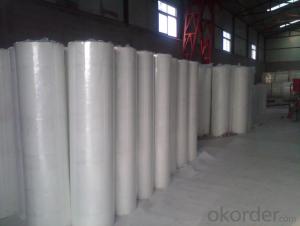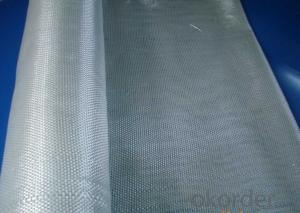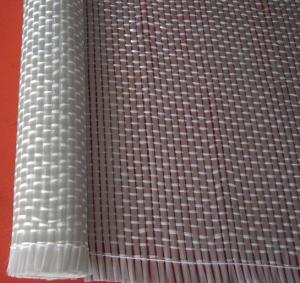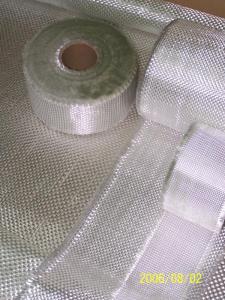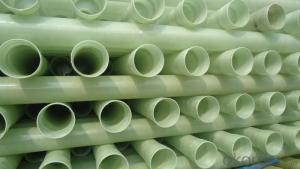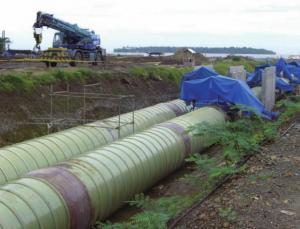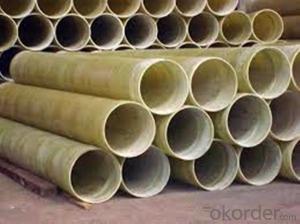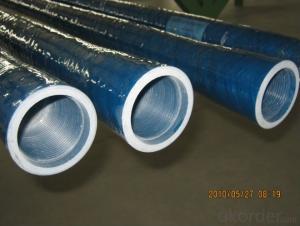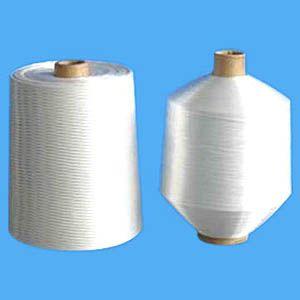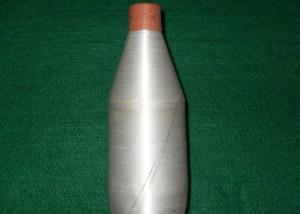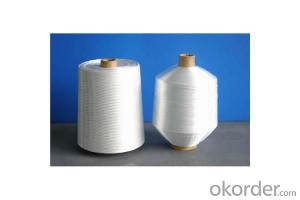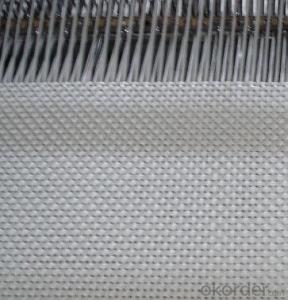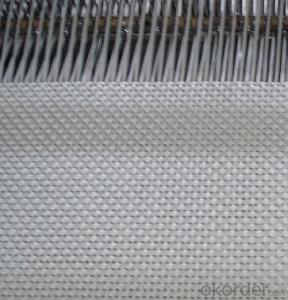Fiberglass Fabric for Pipeline Ductile Conjunction
- Loading Port:
- Shanghai
- Payment Terms:
- TT OR LC
- Min Order Qty:
- 500 m²
- Supply Capability:
- 50000 m²/month
OKorder Service Pledge
OKorder Financial Service
You Might Also Like
Fiberglass Fabric for Pipeline Ductile Conjunction
Fiberglass Fabric Introduction:
Fiberglass fabric is weaved by high quality fiberglass,as a kind of engineering material,which is
many excellent characteristics:
flame-resisting,corrosion resistant,high strength,heat resistance.stable structure,good chemical resistance,durability.
Fiberglass Fabric Features:
Warp and weft yarns are parallel arrangement as flat situation, with uniform tension;
Fiber is aligned with large consistency, stable and easy operation;
Good moldability, fast and complete wet out in resins, resulting in high productivity;
Good transparency and high strength of composite products.
Fiberglass Fabric Specification:
mark | Fiber consistency(ends/ cm) |
Area weight (g/ m2) |
Thick-ness (mm) |
Width (cm) |
Length (mm) | Breaking strength(N)≥ |
weave | |||
Warp direction | Weft direction | Warp direction | Weft direction | |||||||
EW200 | 16 | 12 | 200±20 | 0.2 | 90-130 | 300-1200 | 980 | 980 | ||
EW210 | 16 | 12 | 200±20 | 0.21 | 90-130 | 300-1200 | 1080 | 1080 | Twill weave | |
Plain weave | ||||||||||
EWR360 | 3.2 | 1.8 | 354±18 | 0.35 | 50-300 | 100 | 2000 | 2000 | ||
EW280 | 16 | 10 | 280±28 | 0.26 | 90-130 | 300-1200 | 1800 | 1800 | ||
EW300 | 14 | 10 | 320±32 | 0.3 | 90-130 | 300-1200 | 1500 | 1500 | ||
EW430 | 20 | 12 | 420±42 | 0.43 | 90-130 | 300-1200 | 2000 | 2000 | Broken twill | |
EWR136 | 10 | 10 | 136±13 | 0.136 | 100 | 200 | 850 | 850 |
Plain weave | |
EWR200 | 8 | 7 | 200±20 | 0.21 | 100 | 200 | 1200 | 1200 | ||
EWR400 | 3.6 | 3.2 | 400±30 | 0.4 | 100 | 50-100 | 2500 | 2500 | ||
EWR600 | 2.6 | 2.5 | 600±50 | 0.6 | 100 | 40KG | 4000 | 4000 | ||
EWR580 | 2.5 | 2.3 | 576±29 | 0.58 | 100 | 40KG | 3850 | 3850 | ||
EWR800 | 1.8 | 1.8 | 800±60 | 0.8 | 100 | 40KG | 4600 | 4600 | ||
Product Show
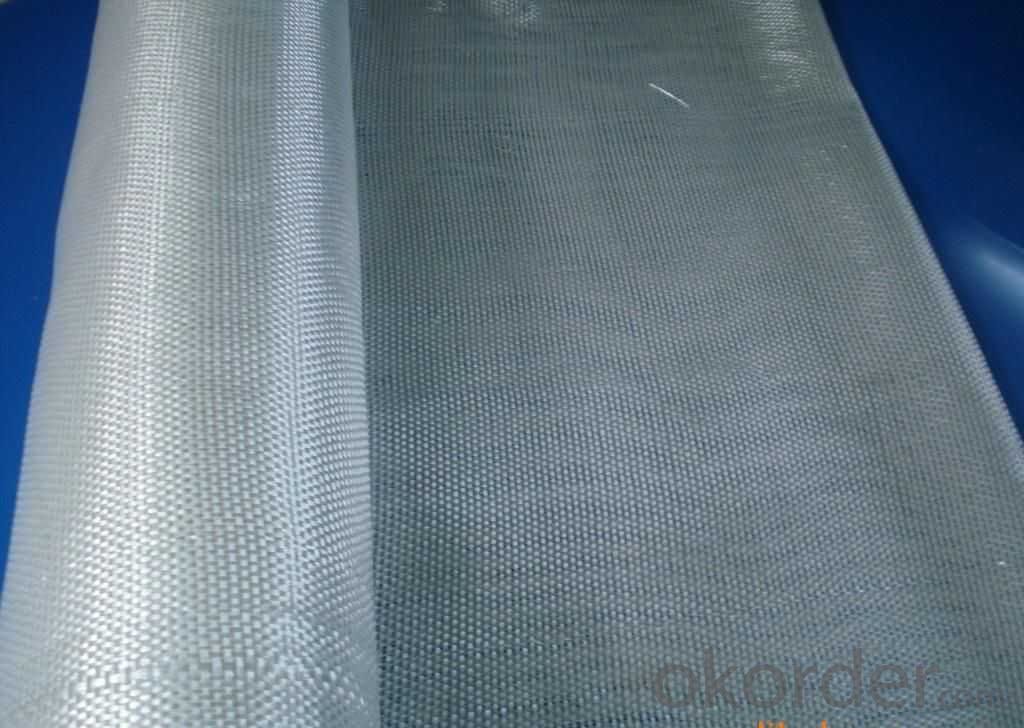
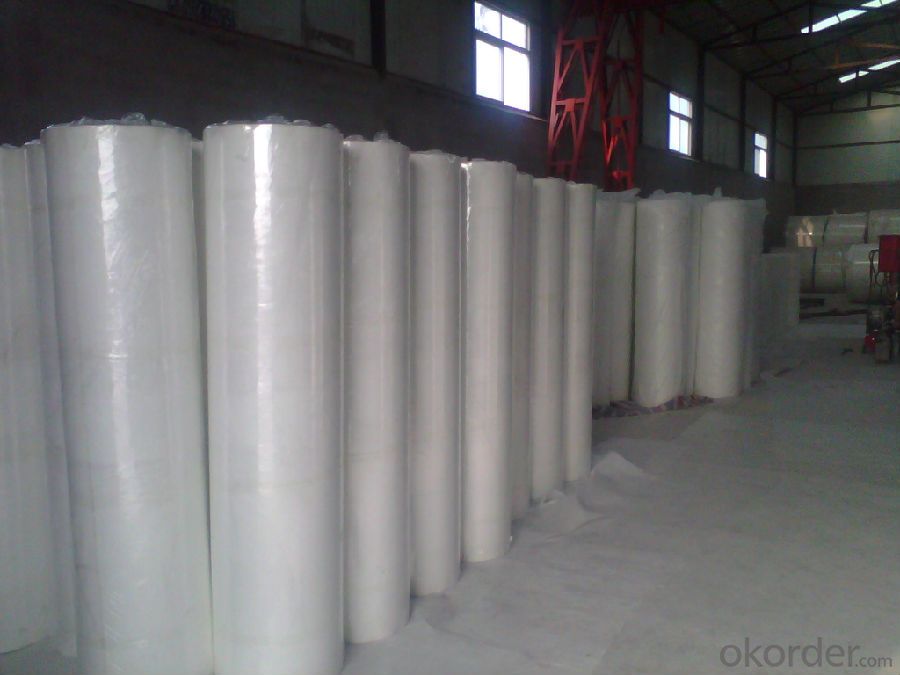
Fiberglass Fabric Usage:
E-glass woven roving is a schistose double faces reinforcement fabric that is weaved into from roving in directly.
E-glass fiber fabric (thin fabrics with thickness from 0.025 to 0.09mm) is suitable for electrical isolation mica product, wax cloth as the reinforcement materials.
E-glass woven roving applys to all kinds of polyester reinforcement system, (such as unsaturated polyester resin, vinylite,epoxy resin and phenolic resin.
E-glass woven roving is a high performance reinforcement material. It is widely used in hand lay-up and machinery processing products, (such as vessel, container, airplane and vehicle component, furniture, athletic facilities and other industry.
FAQ
1.Package of Fiberglass Fabric?
Fiberglass fabric is wound on a paper tube with inner diameters of 50. 8, 76 or 152mm. Each roll is wrapped in a plastic bag, then to be packed in a carton box. The rolls are to be horizontally placed.
Width (cm): 90, 100, 127
Length (m): 100, 200, 300, 400
2.Storage of Fiberglass Fabric?
Store rolls in a cool, dry location
Protect rolls from weather and other damage.
3.If sample available if needed?
We aim to offer our customer best Products&Service,samples are allowed if necessary.
- Q:Is fiberglass yarn resistant to weathering or UV degradation?
- Yes, fiberglass yarn is highly resistant to weathering and UV degradation. The material is known for its exceptional durability and ability to withstand harsh environmental conditions. Fiberglass yarn is made from strands of glass fibers that are highly resistant to damage caused by exposure to sunlight, moisture, and extreme temperatures. UV radiation, in particular, is known to cause degradation and weakening of many materials over time, but fiberglass yarn is specifically engineered to resist such damage. This resistance makes fiberglass yarn an ideal choice for applications that require long-term outdoor exposure, such as in the construction industry for reinforcing concrete, in the production of outdoor fabrics, and in the manufacturing of various industrial products.
- Q:Is fiberglass yarn suitable for automotive applications?
- Yes, fiberglass yarn is suitable for automotive applications. It is commonly used in the automotive industry for its high strength, heat resistance, and durability. It is used in various automotive components like insulation, reinforcements, and composites, providing improved performance and safety.
- Q:How does the UV resistance of fiberglass yarn compare to other materials?
- Compared to other materials, fiberglass yarn is considered to have excellent UV resistance. It is well-known for its ability to endure prolonged exposure to sunlight and other UV rays without deteriorating or losing strength. This quality makes fiberglass yarn a popular choice for outdoor applications where UV resistance is vital, such as manufacturing outdoor furniture, awnings, and boat covers. On the other hand, materials like cotton or polyester may not provide the same level of UV resistance and can fade, weaken, or become brittle when exposed to long periods of sunlight. Because of this, fiberglass yarn is often favored over other materials for its ability to withstand UV radiation.
- Q:How does fiberglass yarn perform in alkaline environments?
- Fiberglass yarn is known for its excellent performance in alkaline environments. The material is highly resistant to alkalis, making it suitable for various applications where exposure to alkaline substances is expected. When exposed to alkaline environments, fiberglass yarn maintains its structural integrity and does not degrade or weaken over time. This resistance to alkalis is due to the inherent properties of the glass fibers used in the yarn, which are chemically inert and do not react with alkaline substances. As a result, fiberglass yarn can withstand prolonged exposure to alkaline environments without experiencing any significant deterioration or loss in its mechanical properties. Whether used in construction, insulation, or other industrial applications, fiberglass yarn is a reliable and durable option for environments with high alkalinity.
- Q:Can fiberglass yarn be used for making tablecloths?
- Yes, fiberglass yarn can be used for making tablecloths. Fiberglass yarn is known for its durability, strength, and resistance to heat and chemicals. These properties make it suitable for use in tablecloths, as it can withstand spills, stains, and high temperatures. Additionally, fiberglass tablecloths are often used in outdoor settings or high-traffic areas where traditional fabric tablecloths may not be able to withstand the wear and tear. However, it is important to note that fiberglass yarn can be rough to the touch and may not provide the same softness and comfort as other fabric options.
- Q:Can fiberglass yarn be used for making moldings or trims?
- Yes, fiberglass yarn can indeed be used for making moldings or trims. Fiberglass is a versatile material that is known for its strength, durability, and resistance to various environmental factors such as moisture, chemicals, and UV radiation. These properties make fiberglass yarn an ideal choice for manufacturing moldings and trims, especially in industries such as automotive, construction, and marine. Fiberglass yarn can be woven or knitted into various shapes and sizes, allowing it to be easily molded into the desired shape for moldings or trims. Its flexibility and ability to conform to complex shapes make it a preferred choice for creating intricate designs and patterns. Additionally, fiberglass moldings and trims can be produced in different colors and finishes, providing a wide range of options to match the desired aesthetic and design requirements. Moreover, fiberglass yarn's inherent strength and durability make it highly resistant to wear, tear, and impact, ensuring that moldings and trims made from it will withstand daily use and maintain their shape for an extended period. This makes fiberglass moldings and trims an excellent choice for applications that require longevity and resistance to damage, such as in high-traffic areas or outdoor environments. Furthermore, fiberglass yarn has excellent dimensional stability, meaning that it does not expand or contract significantly with temperature changes. This characteristic ensures that the moldings and trims made from fiberglass yarn will maintain their shape and size, even in extreme temperature conditions. In summary, fiberglass yarn is a suitable material for making moldings and trims due to its strength, durability, resistance to various environmental factors, flexibility, and ability to conform to complex shapes. Its wide range of available colors and finishes, as well as its longevity and dimensional stability, make it a practical and aesthetically pleasing choice for various industries and applications.
- Q:Can fiberglass yarn be used in the production of belts and straps?
- Fiberglass yarn is a versatile material that finds application in the production of belts and straps. Its strength and durability have made it a popular choice for manufacturing products that need high tensile strength and resistance to wear and tear. Belts and straps made with fiberglass yarn are widely used in industries like automotive, aerospace, and heavy machinery, where reliability and longevity are of utmost importance. The flexibility and lightness of the fabric woven or braided with fiberglass yarn make it suitable for applications requiring high load-bearing capacity. Moreover, this material exhibits excellent resistance to heat, chemicals, and UV radiation, further enhancing its suitability for belt and strap production.
- Q:Can fiberglass yarn be used for making backpacks or bags?
- Backpacks or bags can indeed be made using fiberglass yarn. This type of yarn is renowned for its exceptional strength and durability, making it the perfect choice for producing robust items such as heavy-duty backpacks and bags. By weaving or knitting the yarn into fabrics, a solid and tear-resistant foundation is created for these products. Furthermore, fiberglass yarn provides outstanding resistance against chemicals, heat, and fire, thereby offering an additional layer of protection to the backpack or bag. However, it is important to consider that fiberglass yarn may not be suitable for applications that demand flexibility and softness, as it tends to be rigid and less comfortable compared to alternative materials.
- Q:How does fiberglass yarn perform in terms of elasticity?
- Fiberglass yarn has low elasticity, meaning it does not stretch easily.
- Q:How does fiberglass yarn perform in terms of acoustic insulation?
- Fiberglass yarn performs exceptionally well in terms of acoustic insulation. Its unique composition and structure make it an ideal material for reducing sound transmission and improving acoustic performance in various applications. The fine fibers of fiberglass yarn effectively trap and absorb sound waves, converting them into heat energy. This ability to absorb sound helps in reducing noise levels and preventing sound from passing through walls, floors, and ceilings. The density and thickness of fiberglass yarn can be customized to meet specific acoustic requirements, allowing for effective soundproofing in different environments. Additionally, fiberglass yarn is highly durable and resistant to moisture, making it suitable for use in areas with high humidity or moisture exposure. Furthermore, fiberglass yarn is a versatile material that can be used in various acoustic insulation products, such as acoustic panels, soundproofing curtains, and insulation batts. Its lightweight nature and easy handling make it a convenient choice for installation in both residential and commercial settings. In summary, fiberglass yarn performs exceptionally well in terms of acoustic insulation. Its ability to absorb sound, durability, versatility, and customization options make it an excellent choice for enhancing acoustic performance and reducing noise levels in a wide range of applications.
1. Manufacturer Overview |
|
|---|---|
| Location | |
| Year Established | |
| Annual Output Value | |
| Main Markets | |
| Company Certifications | |
2. Manufacturer Certificates |
|
|---|---|
| a) Certification Name | |
| Range | |
| Reference | |
| Validity Period | |
3. Manufacturer Capability |
|
|---|---|
| a)Trade Capacity | |
| Nearest Port | |
| Export Percentage | |
| No.of Employees in Trade Department | |
| Language Spoken: | |
| b)Factory Information | |
| Factory Size: | |
| No. of Production Lines | |
| Contract Manufacturing | |
| Product Price Range | |
Send your message to us
Fiberglass Fabric for Pipeline Ductile Conjunction
- Loading Port:
- Shanghai
- Payment Terms:
- TT OR LC
- Min Order Qty:
- 500 m²
- Supply Capability:
- 50000 m²/month
OKorder Service Pledge
OKorder Financial Service
Similar products
New products
Hot products
Hot Searches
